Statistics New Zealand’s latest migration data showed that only 13,066 net overseas migrants landed in the country in the year to July 2025. This inflow was well below the decade average of 49,000 and more than 120,000 lower than the late 2023 peak.
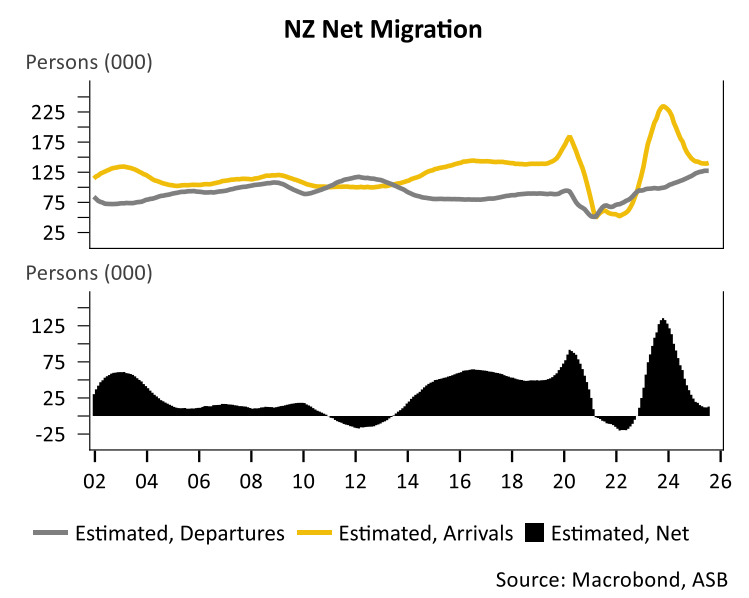
The following chart from Justin Fabo from Antipodean Macro shows that the growth in New Zealand’s dwelling stock is significantly faster than population growth, “keeping downward pressure on rents and housing prices”.
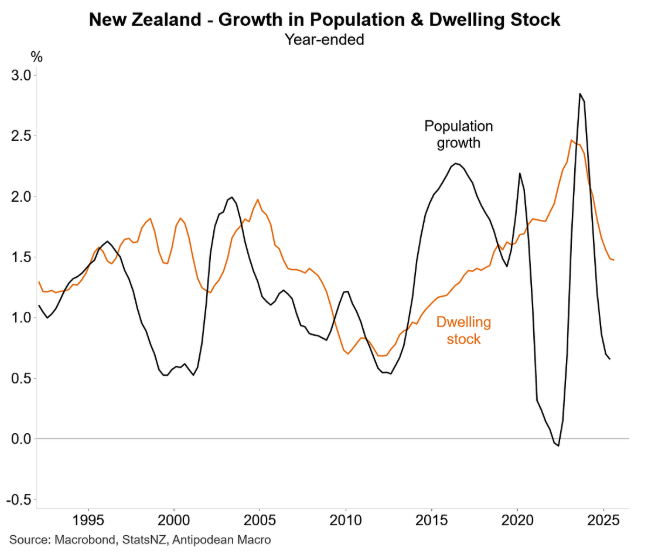
The decline in net overseas migration has been driven by the exodus of New Zealand citizens, which hit a record high net outflow of 47,600.
The slump in immigration has helped to lower rents amid an oversupply of listings.
New data from Realestate.co.nz shows that new rental listings were up 18.1% year-on-year in September, whereas total rental listings were up 23.6% year-on-year:
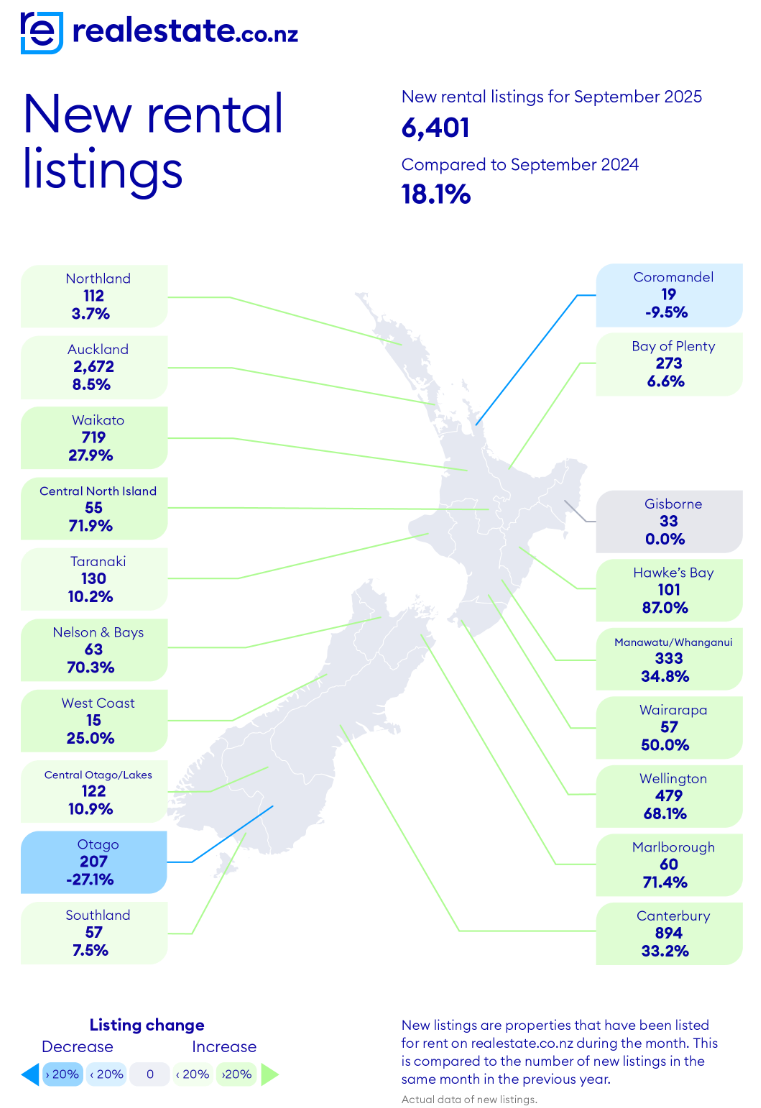
As a result, asking rents across New Zealand declined by 3.1% over the year to September:
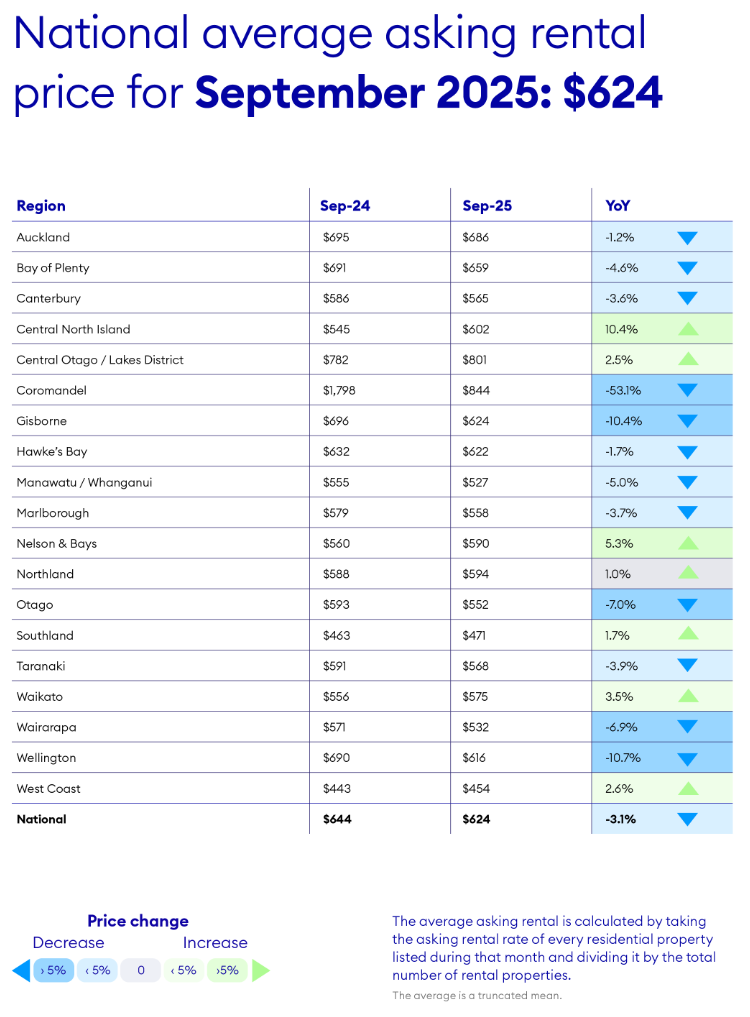
“There’s a lot of choice on the market at present, which makes it a great time for anyone looking to upgrade their rental home or explore a new neighbourhood they might be thinking about purchasing in down the track”, Vanessa Williams, spokesperson for realestate.co.nz, said.
“What’s more, this market of choice comes with a drop in average rental prices, making it an opportune time for those wanting to take the first step to first home ownership to add to their deposit. For long-term renters, this drop gives them more options to secure a property that reflects their lifestyle”.
Now compare New Zealand’s rental market to Australia’s, where net overseas migration has rebounded and remains at historically high levels.
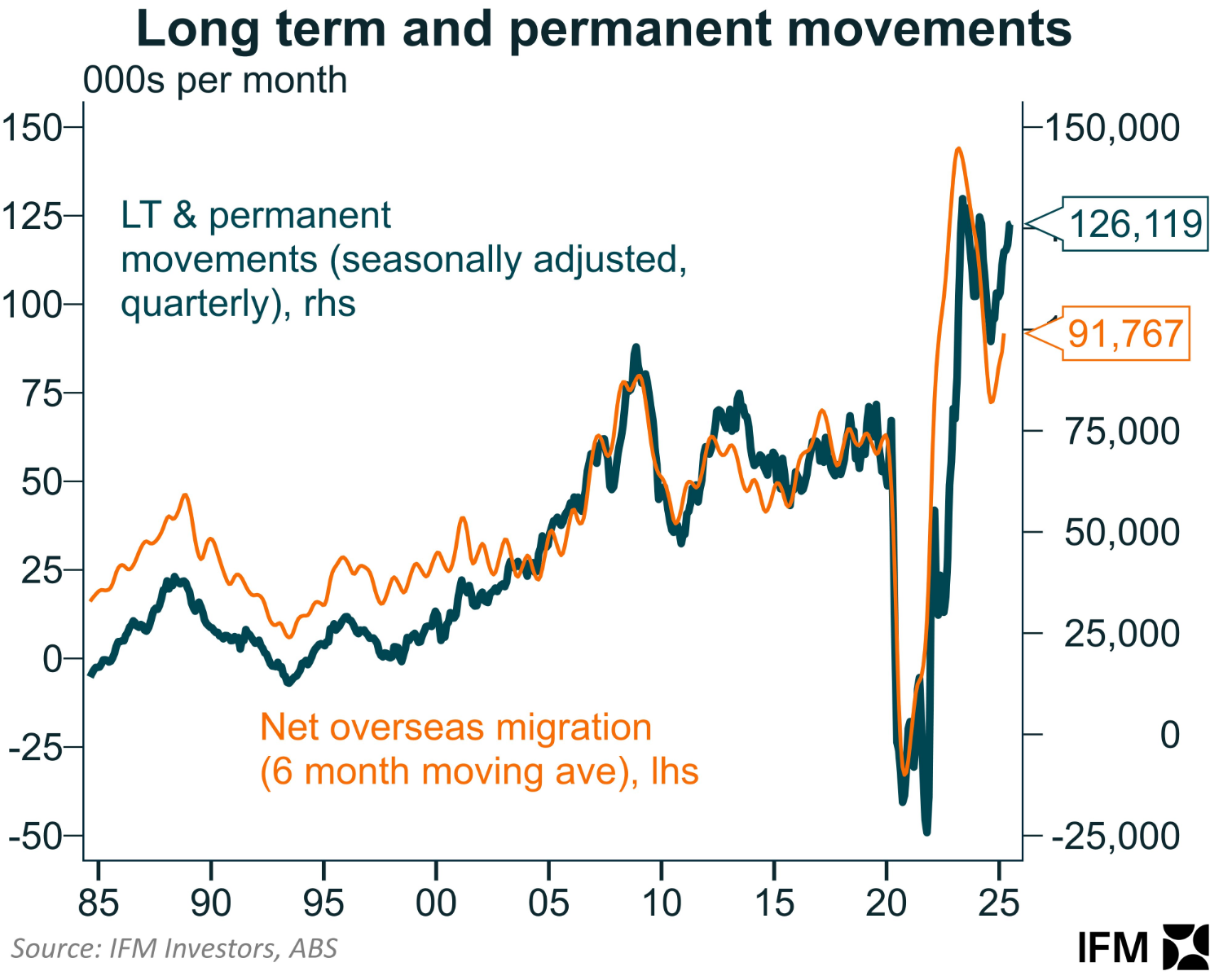
Australian combined capital city rental listings fell by 17.9% over the past year to lowest level on record:
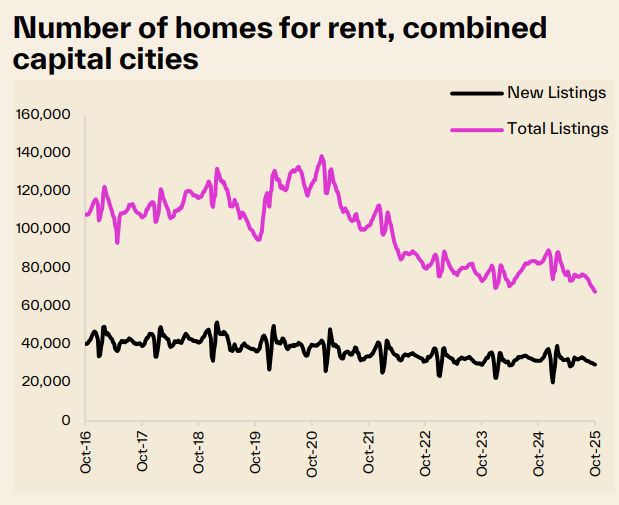
Source: Cotality
Australia’s rental vacancy rate also fell to a record low of only 1.5% across the combined capital cities in September:
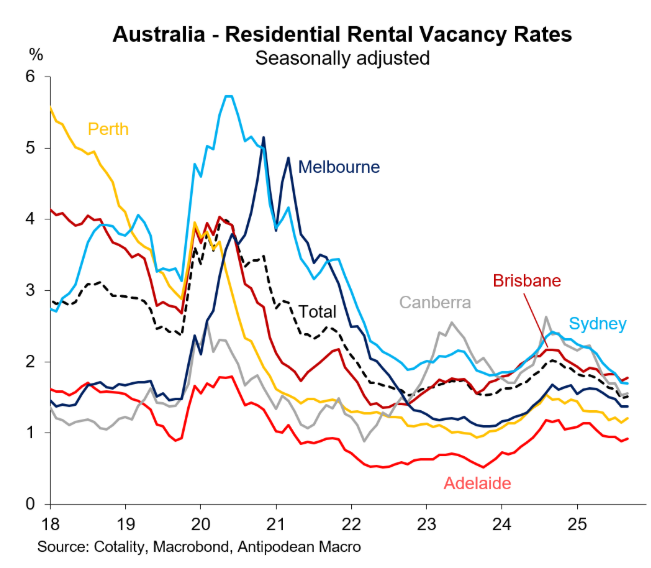
As a result, rental growth in Australia has reaccelerated. In seasonally adjusted terms, rents rose by 1.4% in the September quarter, the strongest growth since June 2024. Annual rental growth also rose to 4.3% over the year to September:
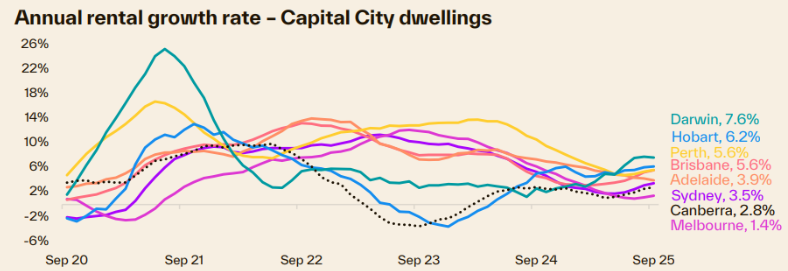
Source: Cotality
This is obviously disastrous news for Australian renters, given that Cotality estimates that rents nationally have increased by 43.8% over the past five years, meaning the typical Australian tenant is now paying around $10,500 more per year on rent than they were at the beginning of the pandemic.
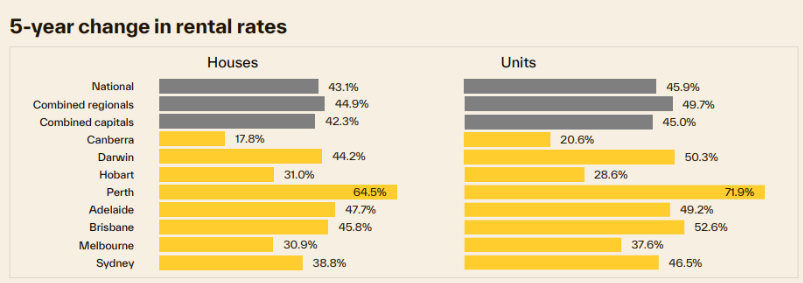
Source: Cotality
The harsh truth is that Australia’s rental crisis will intensify as long as immigration demand continues to overrun supply.
Sadly, New Zealand’s conservative National Government is now seeking to pump immigration via various visa categories to juice the housing market and economy.

